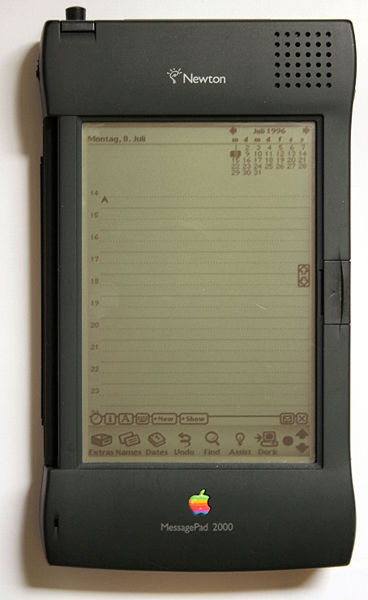
When we moved into our new house, MG and I didn't bother calling the cable or satellite TV company. Instead we decided to became what is called a Zero TV home. Yes we still have a TV but anything we watch are online or through inexpensive subscription services like Netflix. (Marathon Girl is streaming a show on Netflix as I write this.)
Apparently this is becoming more and more common:
Some people have had it with TV. They've had enough of the 100-plus channel universe. They don’t like timing their lives around network show schedules. They’re tired of $100-plus monthly bills.
A growing number of them have stopped paying for cable and satellite TV service, and don’t even use an antenna to get free signals over the air. These people are watching shows and movies on the Internet, sometimes via cellphone connections. Last month, the Nielsen Co. started labeling people in this group "Zero TV" households, because they fall outside the traditional definition of a TV home. There are 5 million of these residences in the U.S., up from 2 million in 2007.
Marathon Girl and I have been happy being a Zero TV home and have no plans on going back to regular TV ever again.
Just a few of the positive changes we've noticed since cutting the cord include:
- We spend more time together as a family.
- We spend more time together as a couple.
- I spend more time writing.
- The kids fight less.
- We spend more time outside.
- We watch less TV. A lot less. The few shows we do watch tend to be only those we find worth our time and we watch then when it’s convenient—not when broadcasters want us to.
Here’s a list of negatives: .
For those who haven’t tried it, I highly suggest giving Zero TV a try for a month. I think you’ll notice a positive difference in your life too. More time and freedom is a wonderful thing.




